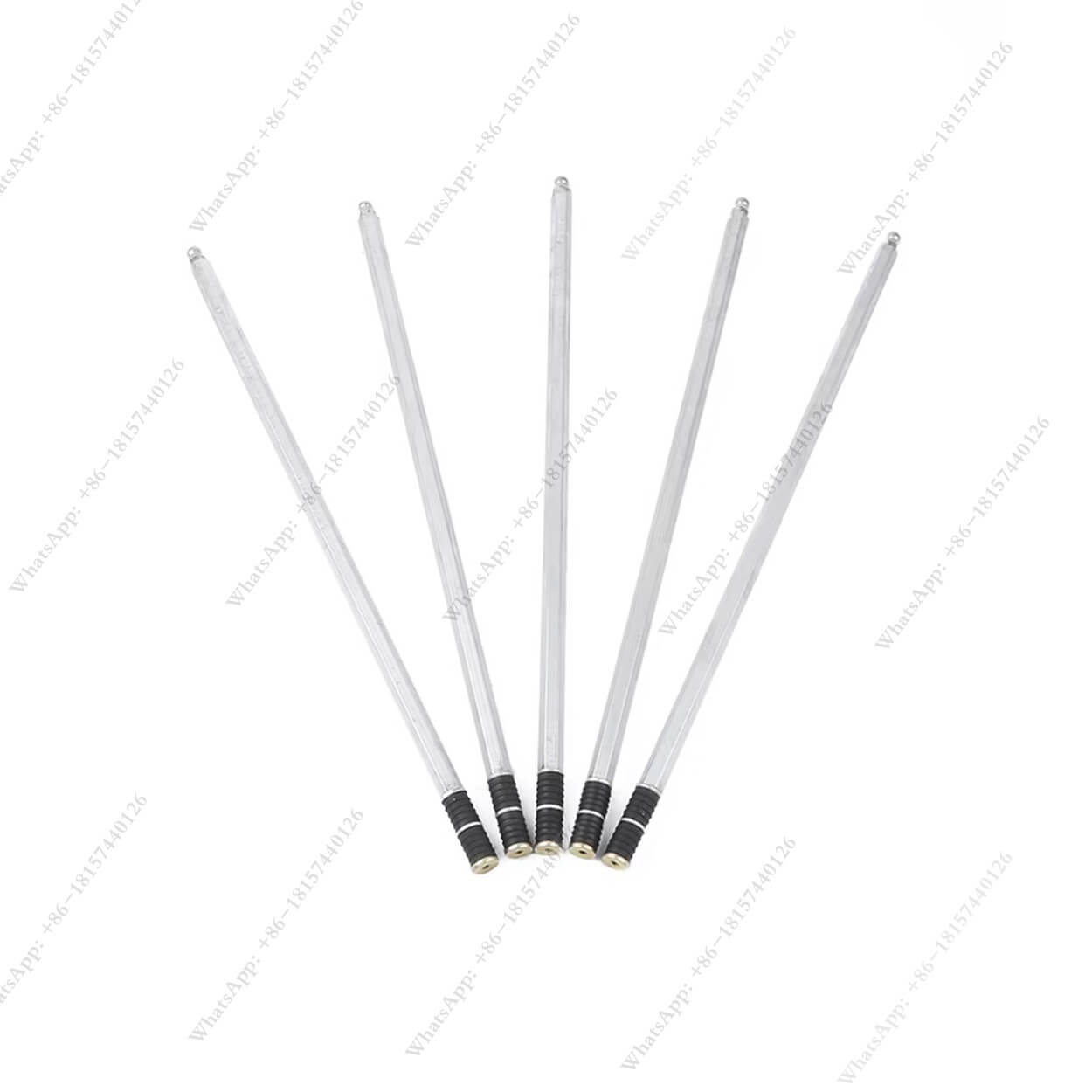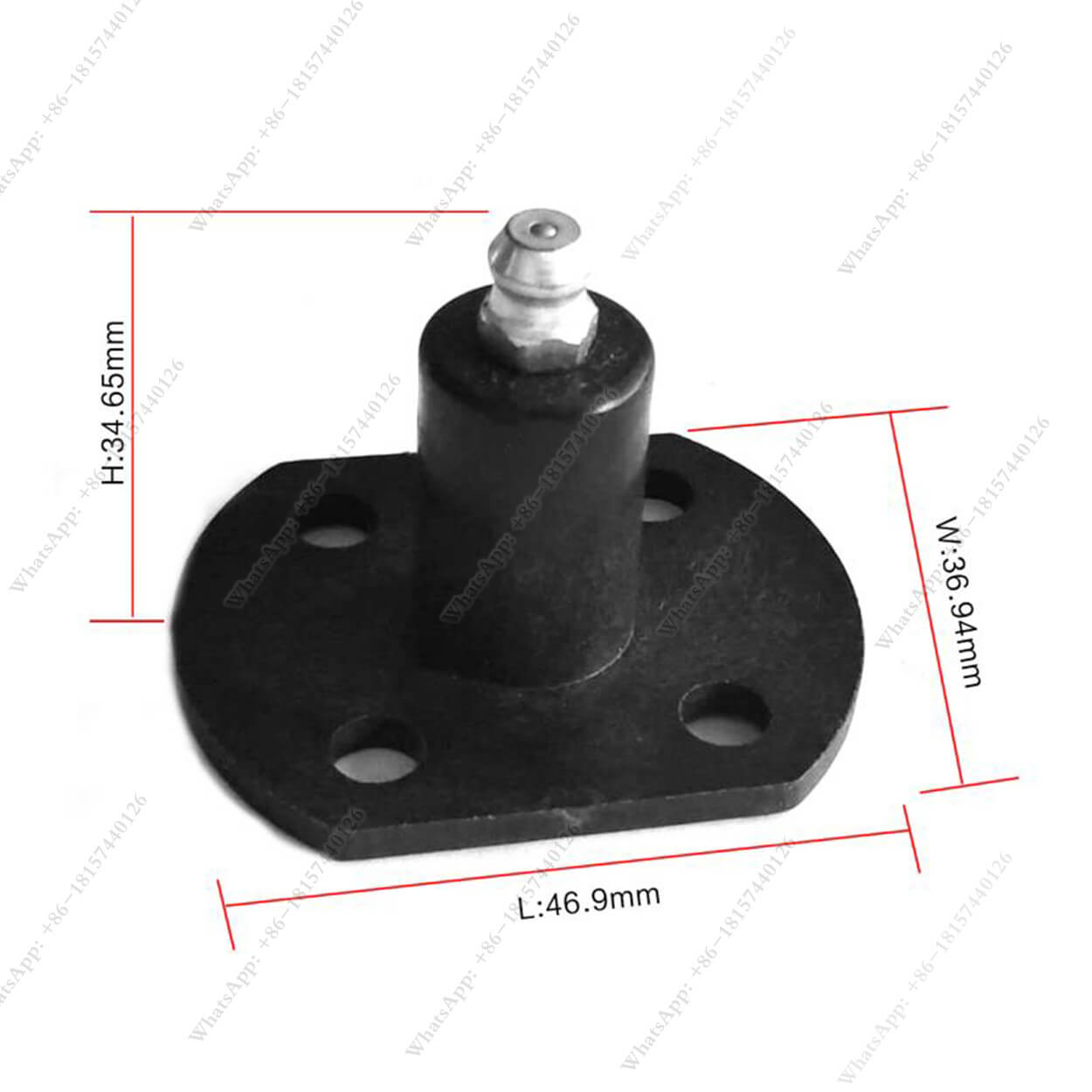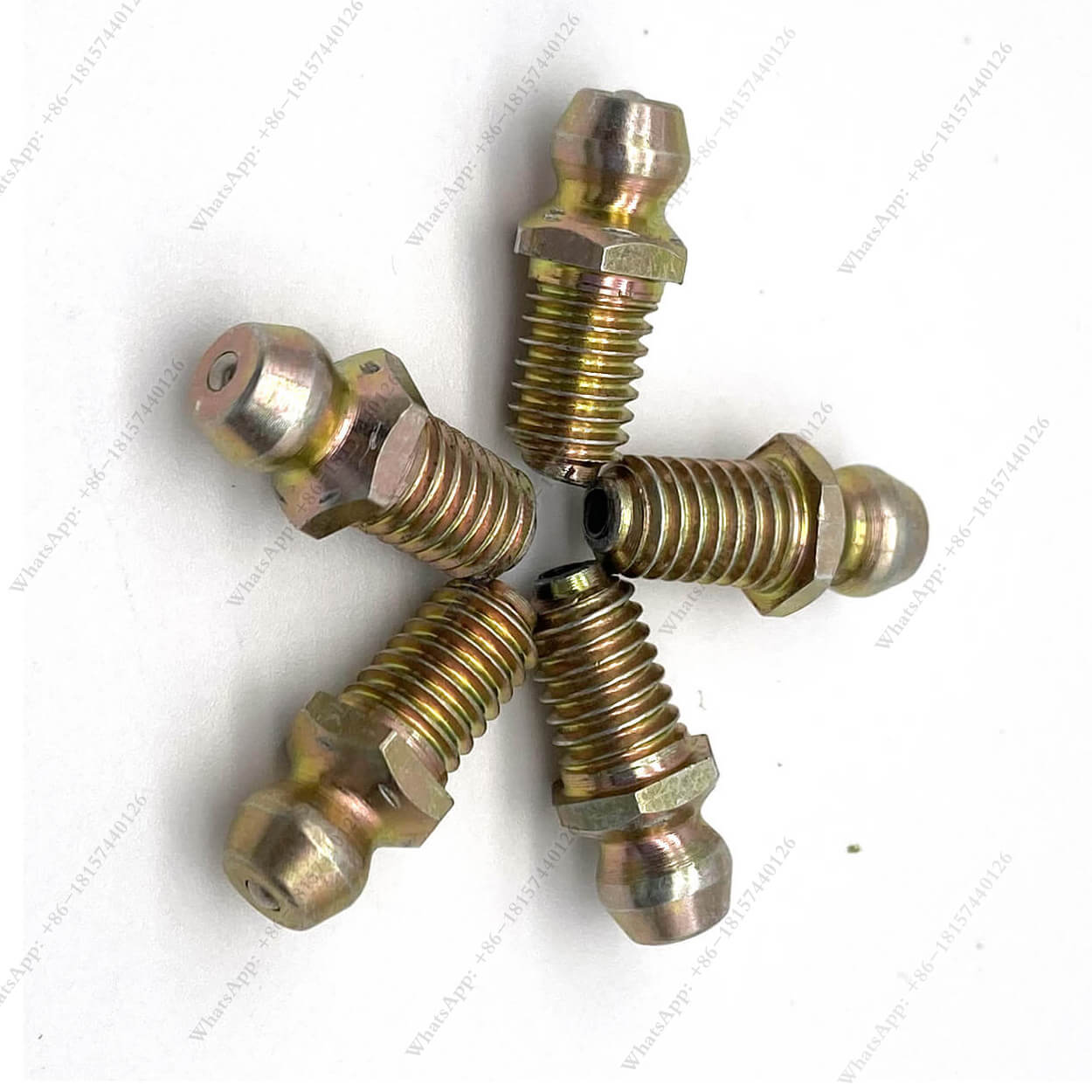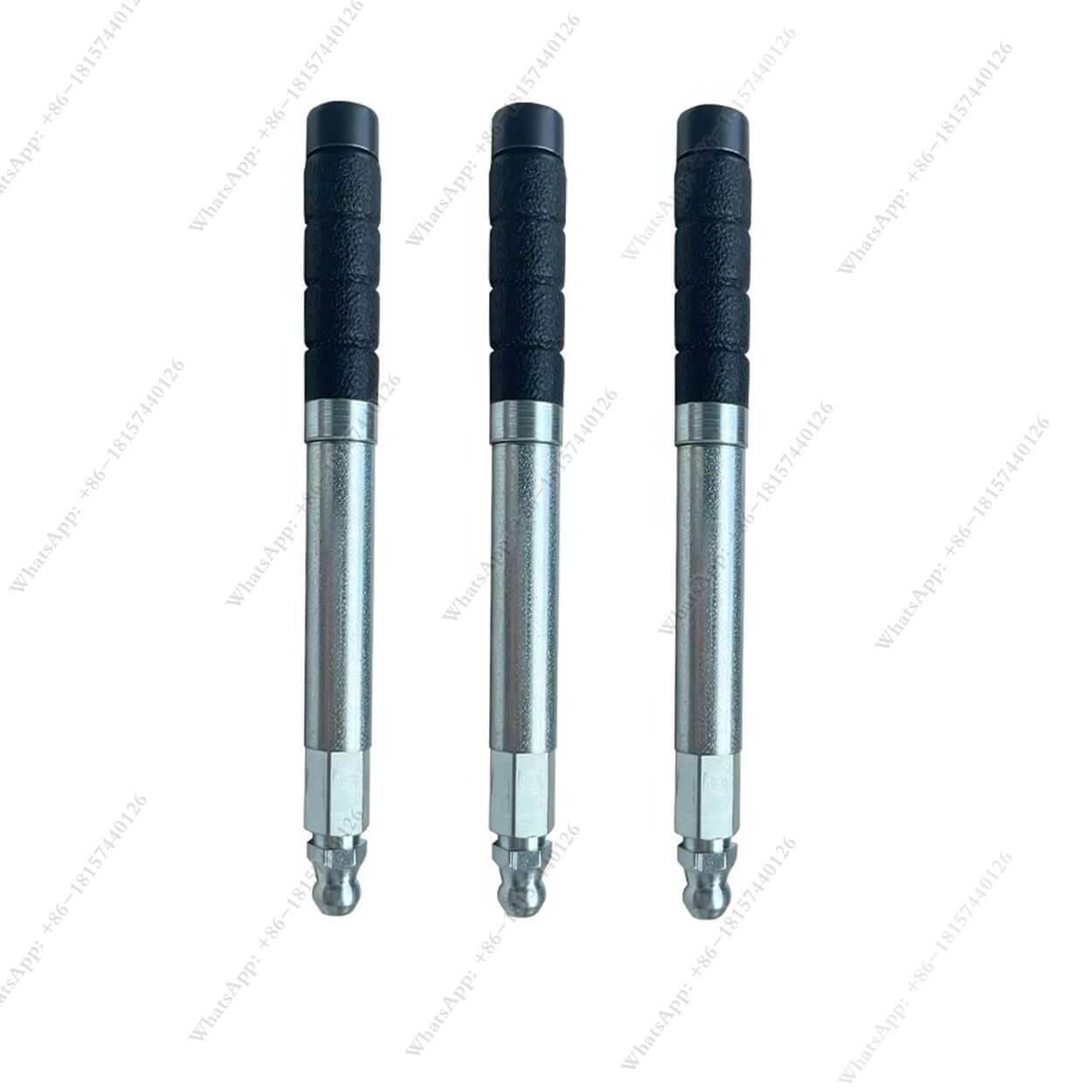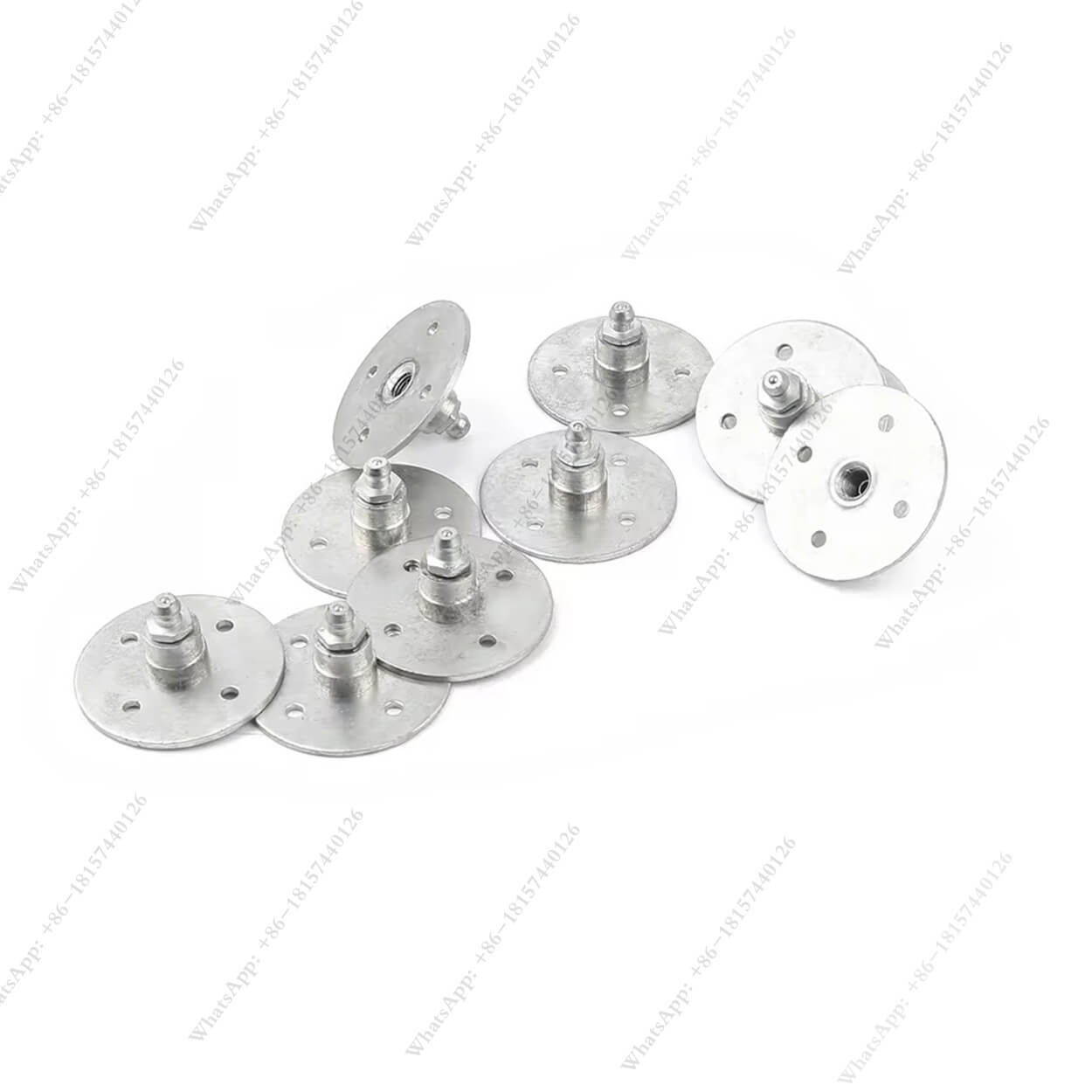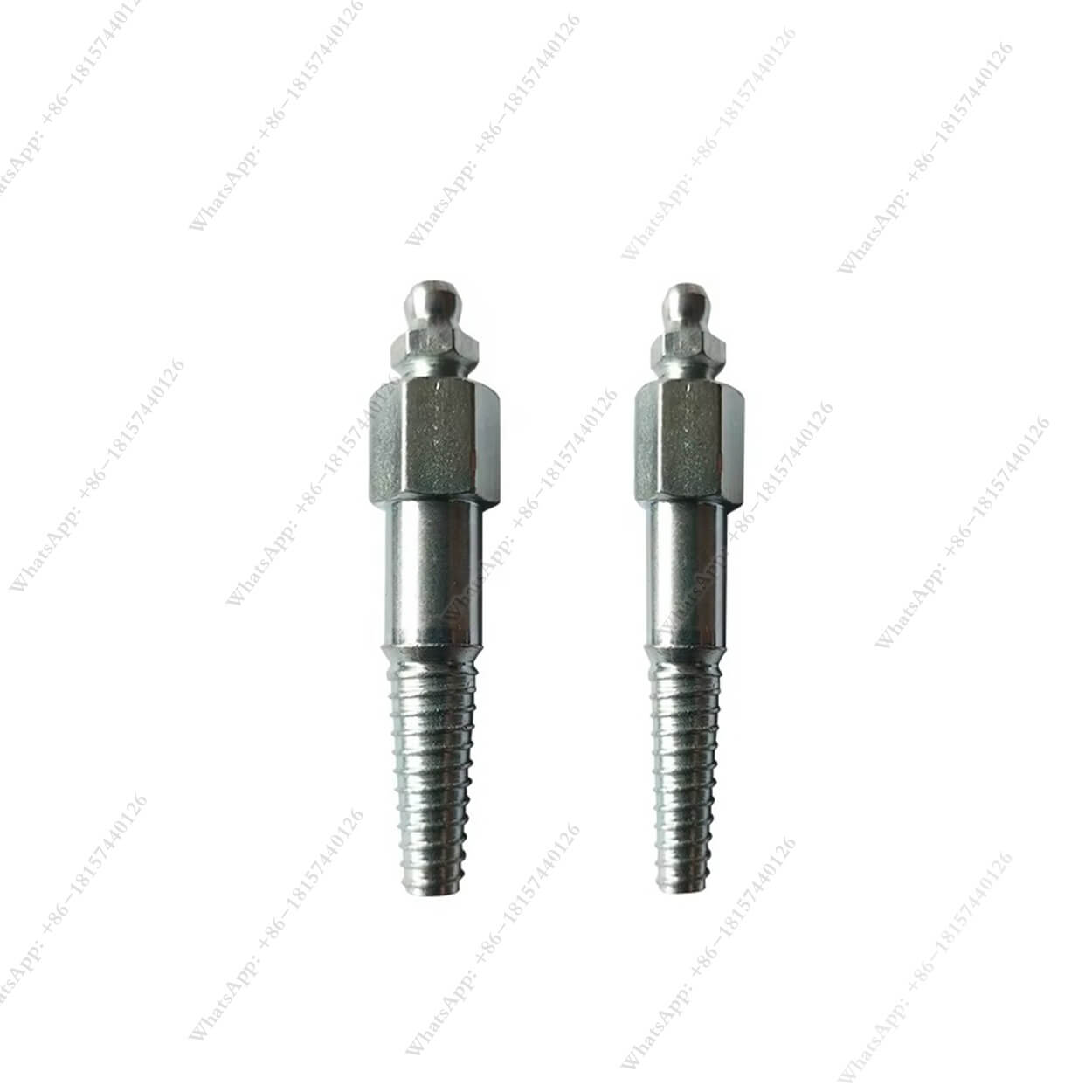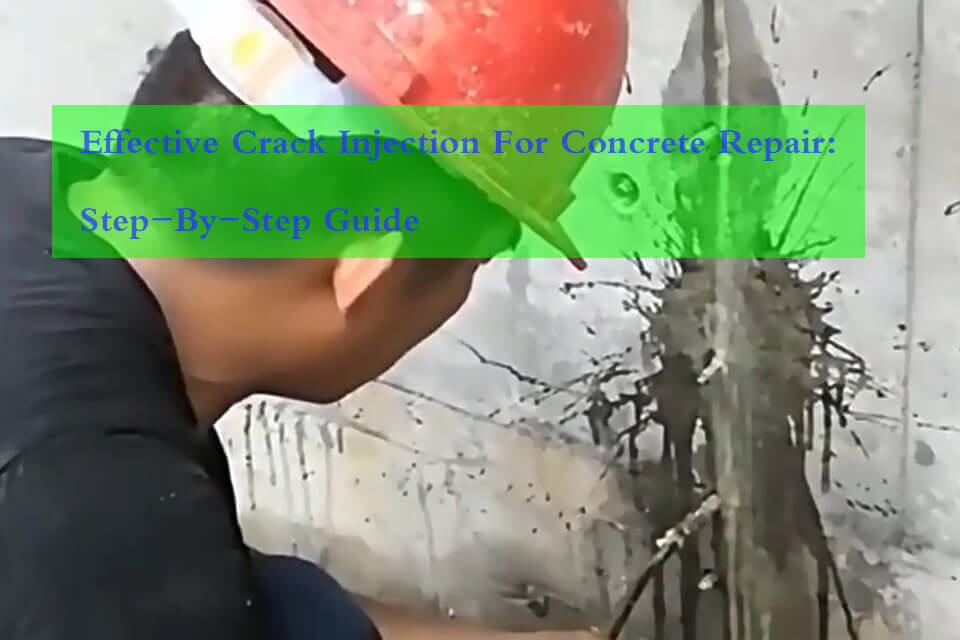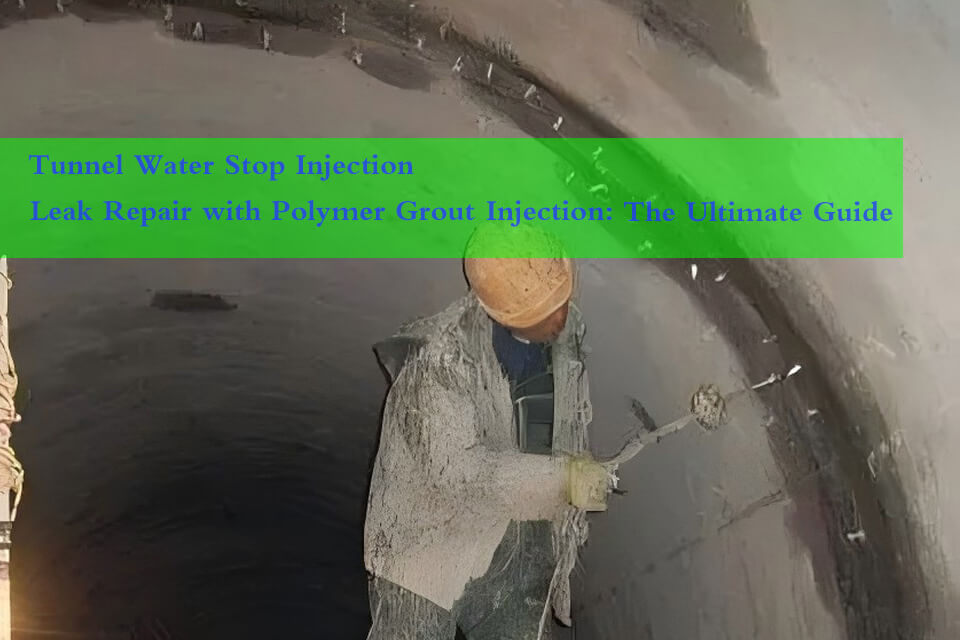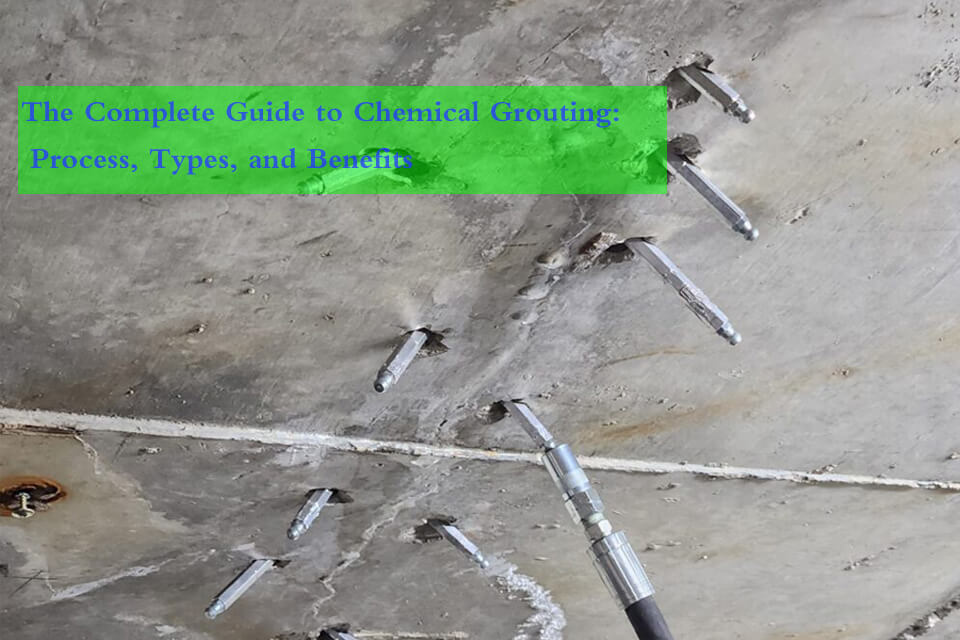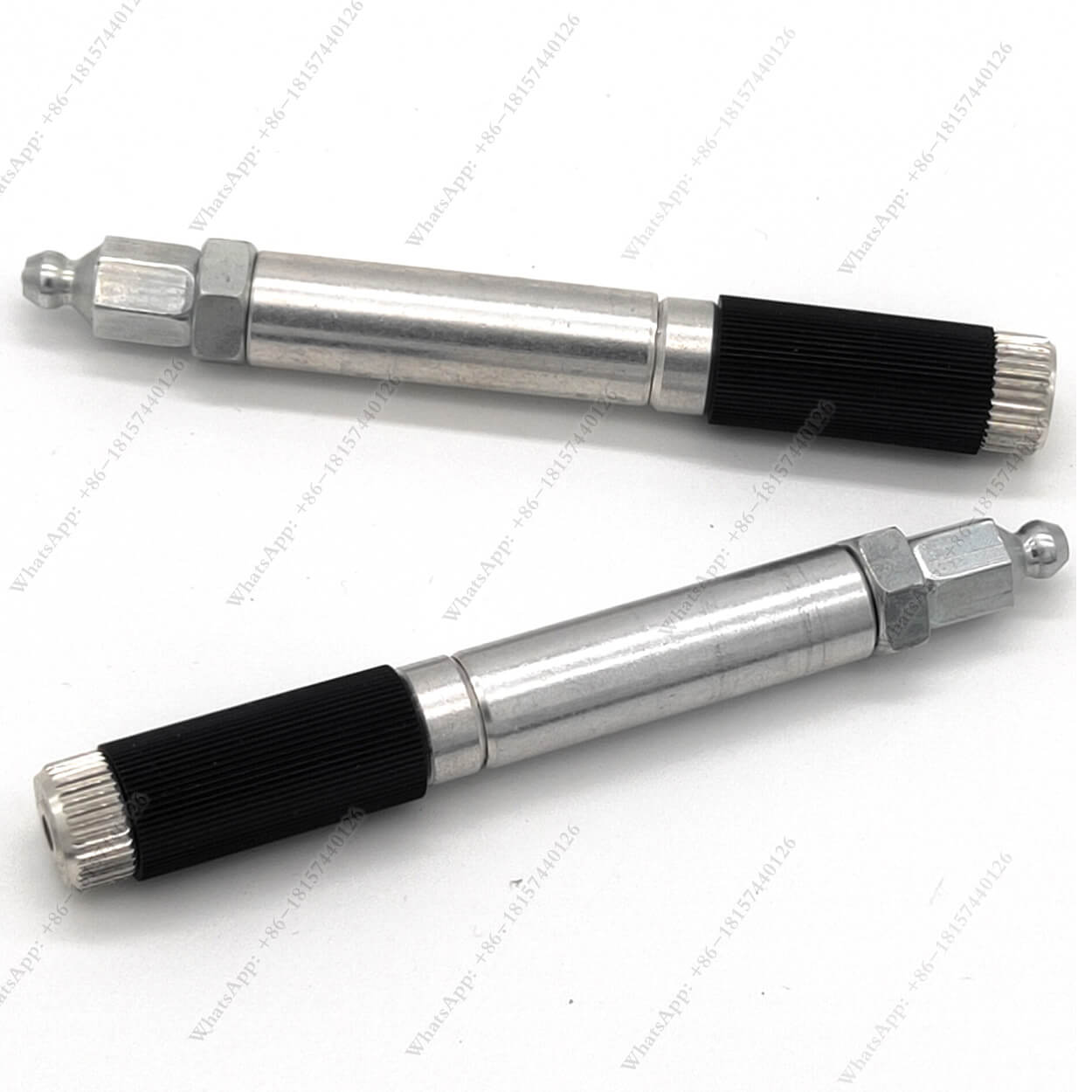
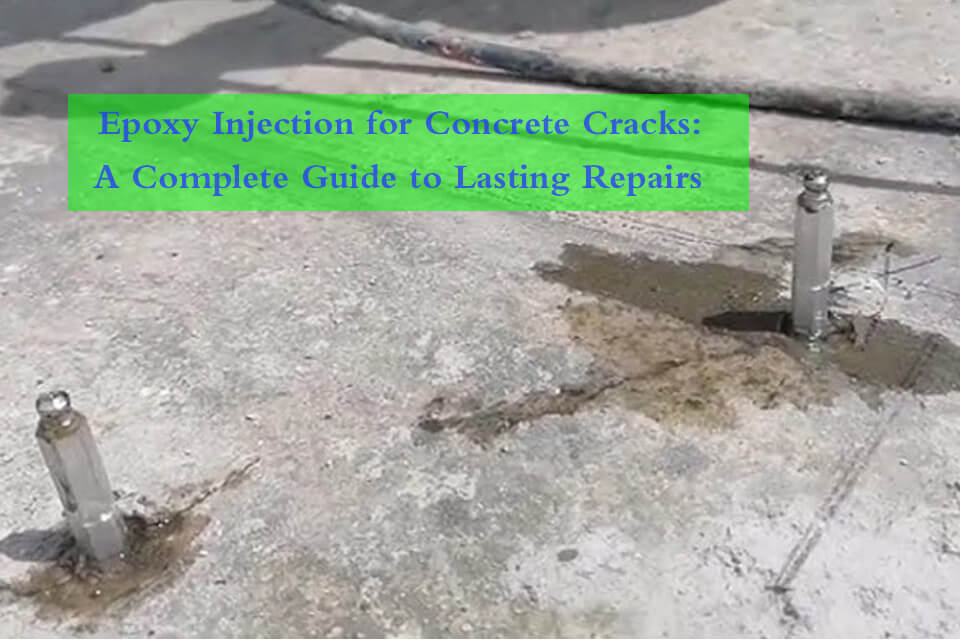
Epoxy Injection for Concrete Cracks: A Complete Guide to Lasting Repairs
In this article, learn how epoxy injection effectively restores structural integrity to cracked concrete, providing a durable, lasting solution.
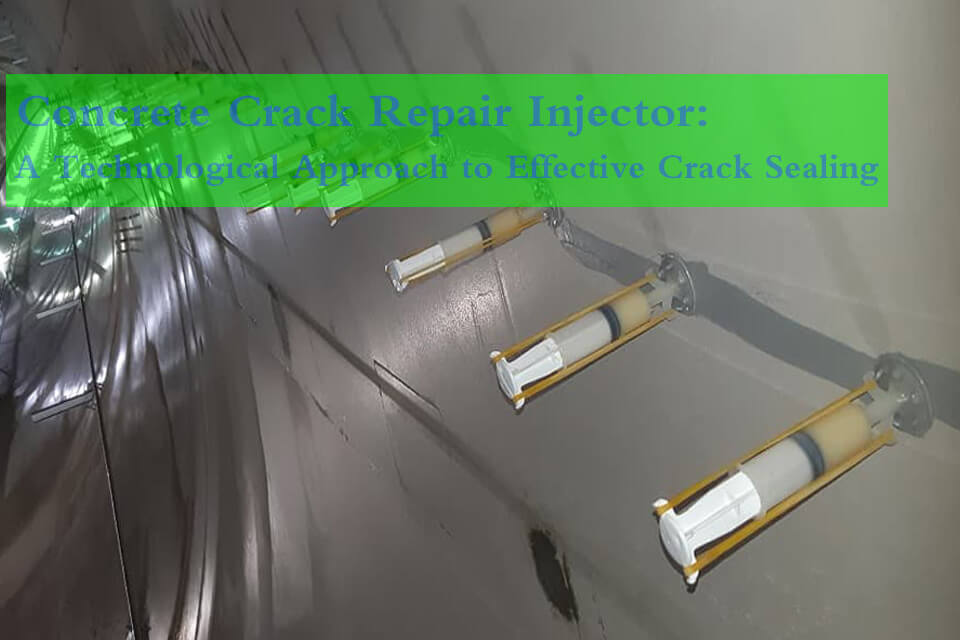
Concrete Repair: The Innovative Concrete Crack Repair Injector
The Concrete Crack Repair Injector is a self-contained, high-efficiency device designed specifically for the repair of cracks in concrete structures.
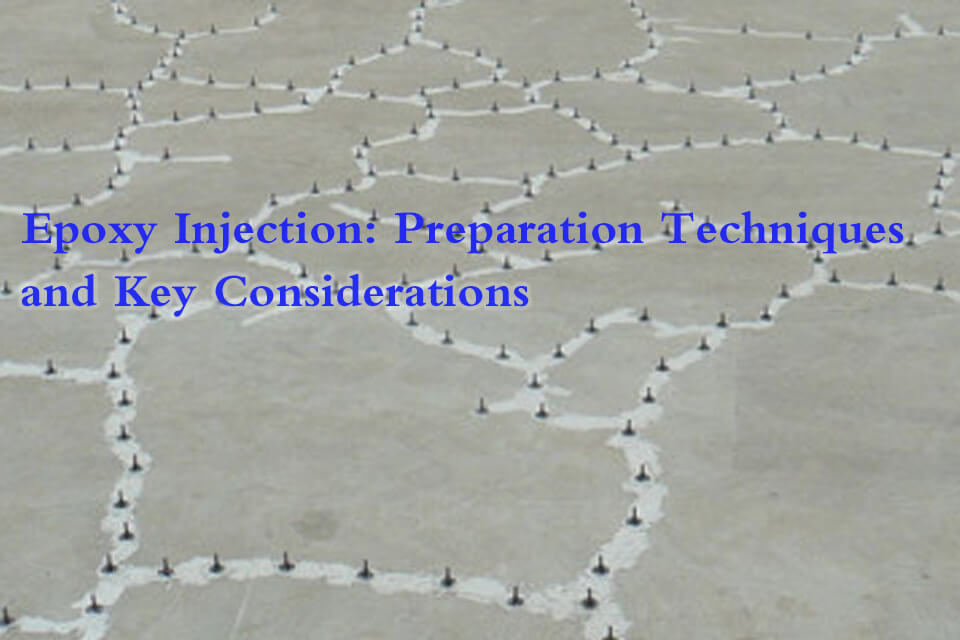
Epoxy Injection: Preparation Techniques and Key Considerations
Epoxy injection is a sophisticated technique employed in the restoration of concrete structures by delivering a high-strength, low-viscosity epoxy resin into cracks.

